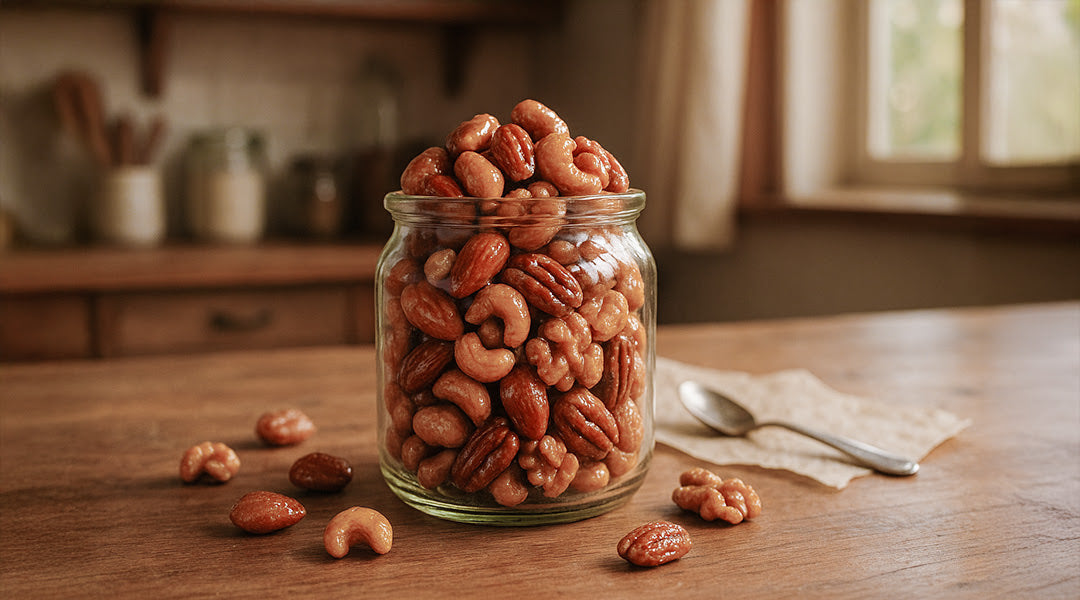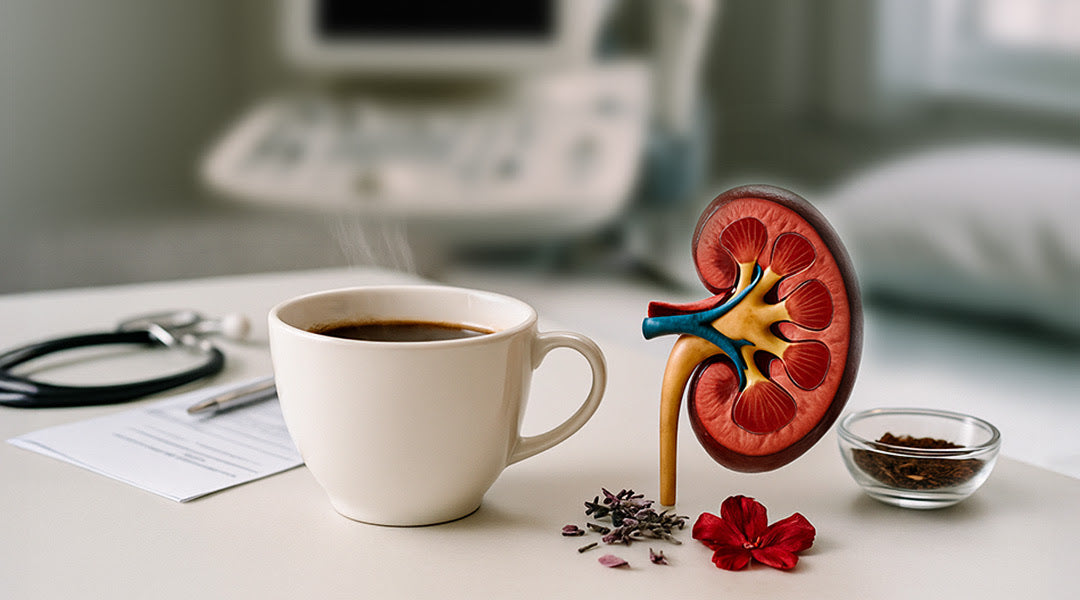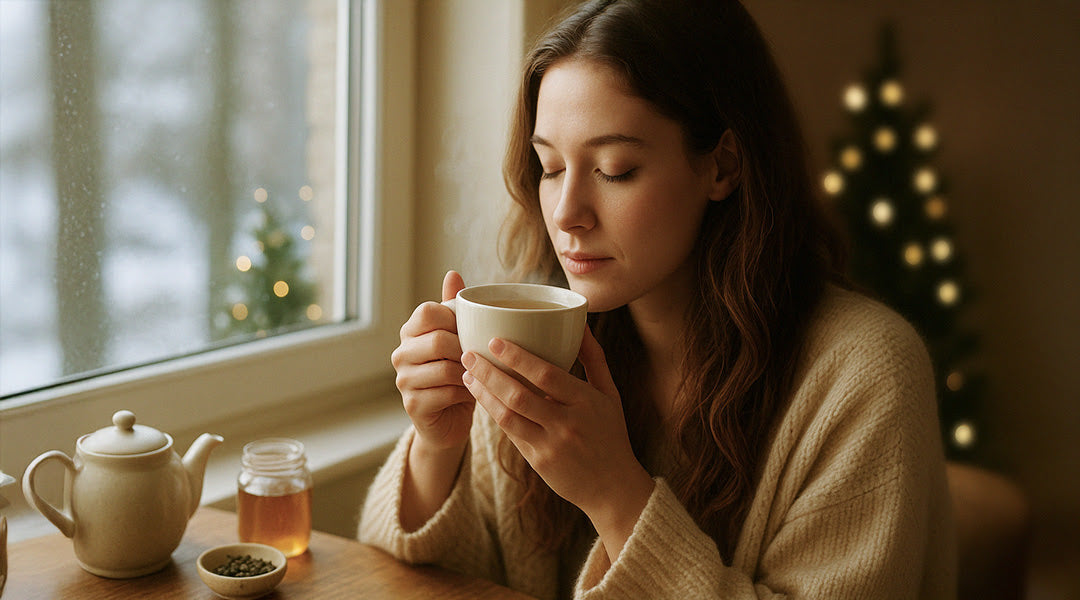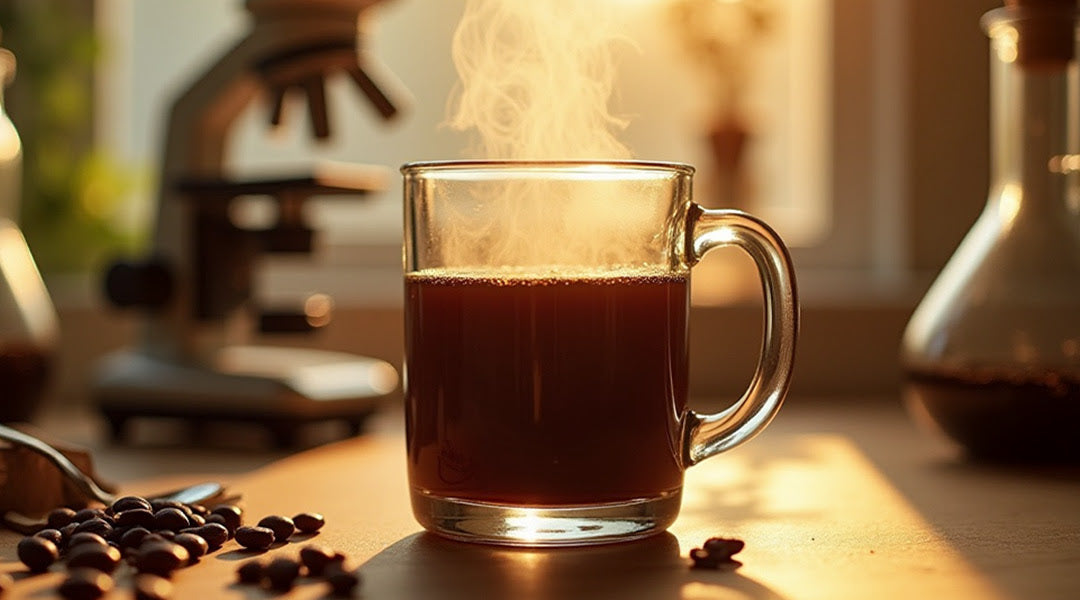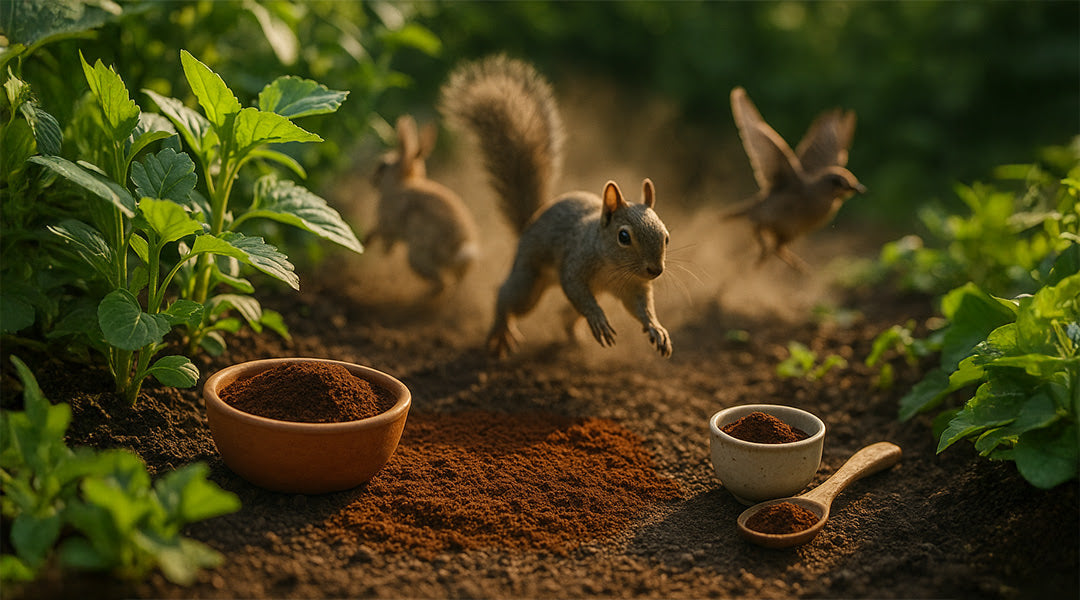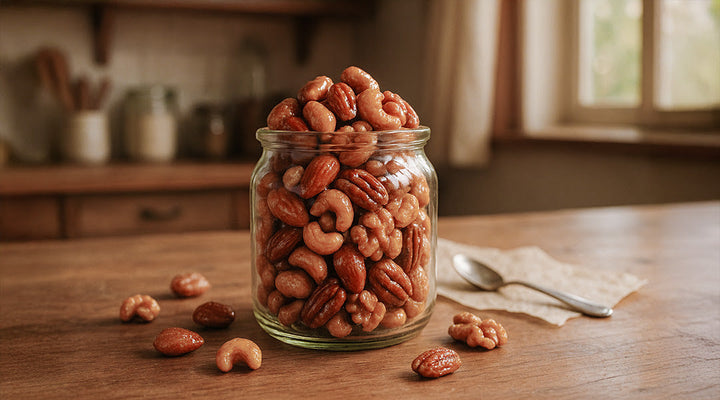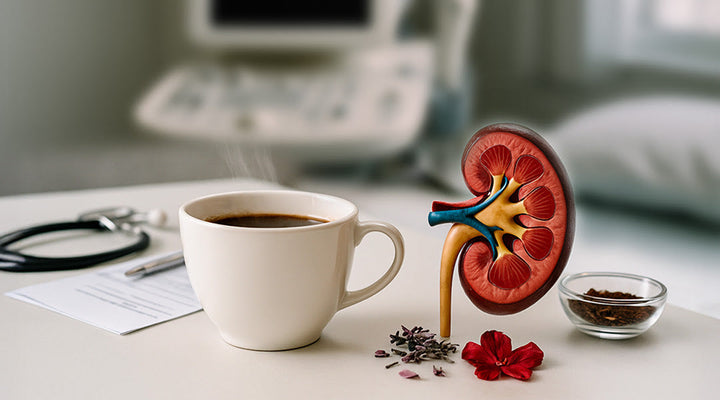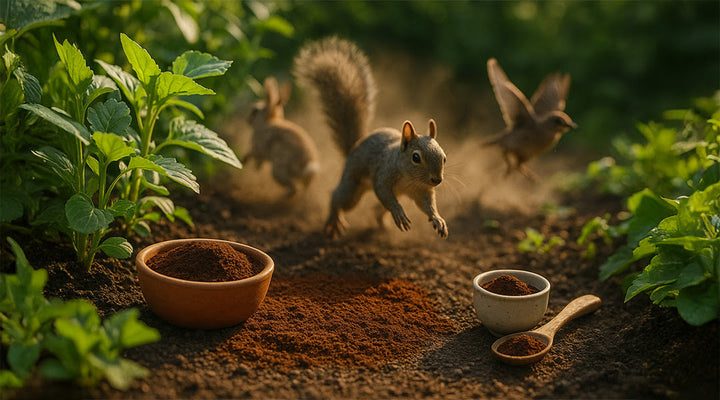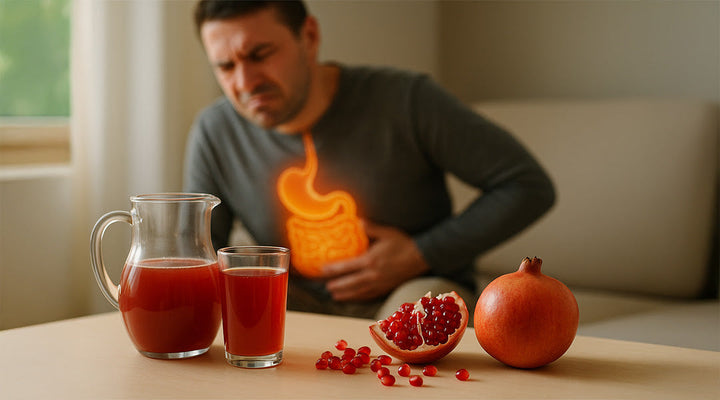
Ristretto vs Long Shot: Key Differences, Taste, and Recipe
Quick Answer
Ristretto and long shot (lungo) represent opposite approaches to espresso brewing. A ristretto uses less water and shorter brewing time for a concentrated, sweeter shot, typically at a 1:1 coffee-to-water ratio. A lungo uses more water and longer extraction time with a 1:3 or higher ratio, and so it creates a larger and a more bitter drink. These differences create distinct flavor profiles that appeal to different coffee lovers and work better in specific drink recipes.
Key Takeaways
- Ristretto means "restricted" in Italian. It uses half the water of regular espresso.
- Lungo requires double the water and extraction time of standard espresso.
- Ristrettos taste sweeter and more intense with less bitterness.
- Lungos extract more compounds and create complex and bitter flavors.
- Dark roasts work better for ristrettos; light to medium for lungos.
- Both shots can be enjoyed alone or as bases for different coffee drinks.
Ristretto vs Long Shot: Key Differences, Taste, and Recipe created

|
Aspect |
Ristretto |
Lungo |
|
Brewing Time |
15–20 seconds |
50–60 seconds |
|
Coffee-to-Water Ratio |
1:1 |
1:3 or higher |
|
Volume (Single Shot) |
15–20ml |
50–70ml |
|
Volume (Double Shot) |
30–40ml |
100–140ml |
|
Flavor Profile |
Sweet, intense, acidic, less bitter, full-bodied |
More bitter, less intense, complex, lighter body |
|
Ideal Roast |
Dark roasts |
Light to medium roasts |
|
Caffeine Content |
Less caffeine per shot |
More caffeine per shot |
|
Appearance |
Thicker, darker, rich crema |
Lighter, thinner crema |
|
Best In |
Lattes, cappuccinos, flat whites |
Americanos, long blacks |
|
Calories per Serving |
About 2 calories (8 fl oz) |
About 2.5 calories (3.8 fl oz) |
I still remember my first ristretto experience. The barista handed me what looked like half an espresso shot, and I almost complained about getting shortchanged! But that tiny cup packed such an incredible punch of flavor that I instantly understood why coffee lovers get so passionate about these concentrated shots.
On the flip side, my coffee-curious friend always orders lungos, claiming they offer the "full spectrum" of coffee flavors. This got me wondering, what exactly makes these two espresso variations so different, and which one might you prefer?
What Makes a Ristretto Special?

A ristretto is not just a smaller espresso but it's a completely different experience. The name comes from Italian, meaning "restricted" or "limited," which perfectly describes how it's made. According to experts, a true ristretto uses the same amount of coffee grounds as a regular espresso but only half the water.
To make one, baristas either:
1. Stop the extraction process earlier (around 15 seconds instead of 25-30)
2. Use a finer grind to create more resistance to water flow
The result is a concentrated shot that's about 20ml in volume, compared to the 40ml of a standard espresso. This shorter extraction creates a distinctive flavor profile that many coffee connoisseurs crave.
The beauty of a ristretto lies in its complexity. Because only the first part of the extraction makes it into your cup, you get the most soluble compounds. Those that dissolve quickly into water. These happen to be the ones responsible for sweetness, acidity, and fruity notes.
What you don't get are the compounds that are extracted later. Mainly those that contribute bitterness. That's why a ristretto often tastes sweeter than a regular espresso, even without added sugar.
Darker roasts work particularly well for ristrettos. The concentrated extraction brings out their rich, caramel-like sweetness without pulling too much bitterness from the roast. The nutritional impact is minimal too. A ristretto contains just about 2 calories per 8 fl oz serving.
Long Shot (Lungo): The Extended Espresso
On the opposite end of the spectrum sits the lungo, Italian for "long." A lungo uses the same amount of coffee grounds as a standard espresso but runs with about twice as much water. The extraction time extends to around 50-60 seconds, compared to the 25-30 seconds for a regular espresso.
This longer extraction produces a shot that's about 50-70ml in volume. The extended water contact means more compounds get extracted from the coffee grounds. It also includes those that contribute to bitterness.
When ordering a lungo in France, you'd ask for a "café allongé," which is particularly popular in Quebec, Canada. Coffee shop menus sometimes list it simply as a "long shot".
The flavor profile of a lungo differs significantly from both regular espresso and ristretto. It tends to be less intense but more complex, with pronounced bitter notes balanced by subtle sweetness. The body feels lighter, but the overall experience can be more nuanced.
An interesting alternative preparation method involves making a regular espresso and then adding hot water afterward. This hybrid approach, sometimes called an "Americano-style lungo," gives you more control over the final taste.
Light to medium roasts often work best for lungos. Their natural brightness stands up well to the extended extraction, and the process can bring out delicate flavor notes that might get lost in a shorter brew. Nutritionally, a lungo contains about 2.5 calories per 3.8 fl oz serving, with minimal fat and carbohydrates.
Ristretto vs Lungo: Side-by-Side Comparison

Let's break down the key differences between these two espresso variations:
Brewing Process:
- Ristretto: 15-20 seconds extraction time, 1:1 coffee-to-water ratio
- Lungo: 50-60 seconds extraction time, 1:3 or higher coffee-to-water ratio
Volume in Cup:
- Ristretto: 15-20ml (single) or 30-40ml (double)
- Lungo: 50-70ml (single) or 100-140ml (double)
Flavor Profile:
- Ristretto: Sweet, intense, acidic, less bitter, full-bodied
- Lungo: More bitter, less intense, complex, lighter body
Ideal Roast:
- Ristretto: Dark roasts (brings out sweetness without excess bitterness)
- Lungo: Light to medium roasts (handles longer extraction without becoming too bitter)
Caffeine Content:
- Ristretto: Less caffeine per shot (shorter extraction extracts less caffeine)
- Lungo: More caffeine per shot (longer extraction pulls more caffeine)
The differences extend beyond just taste. The two shots even look different in the cup. A ristretto has a thicker, darker appearance with a rich caramel-colored crema on top. A lungo appears lighter with a thinner crema layer that dissipates more quickly.
How to Make Both at Home
You can create both these espresso variations at home with the right equipment and technique.
For a ristretto, start with very finely ground dark roast coffee. You'll need about 18-20 grams for a double shot. Pack it firmly into your portafilter and make sure it's even and level. Then pull your shot for just 15-20 seconds. You should also need to aim for around 30ml of liquid.
For the best results:
1. Make sure your grind is extra fine – finer than for regular espresso
2. Use fresh, quality beans (ideally dark roast)
3. Tamp with firm, even pressure
4. Watch carefully and stop the extraction at exactly the right moment
For a lungo, use a slightly coarser grind than regular espresso (but still quite fine). Use the same amount of coffee as you would for a standard shot but let the water run through for about 50-60 seconds. You're aiming for 50-70ml for a single shot.
Common mistakes to avoid:
- Using the wrong grind size (too fine for lungo or too coarse for ristretto)
- Incorrect timing (over-extracting a ristretto or under-extracting a lungo)
- Poor quality beans (both drinks highlight different aspects of your coffee)
- Uneven tamping (causes channeling and uneven extraction)
If you don't have an espresso machine, you can approximate these experiences with other brewing methods. A moka pot with less water can create a ristretto-like concentration, or an AeroPress with specific recipes can get you close to either style.
Which One Should You Try?

Your personal preference will ultimately determine which shot you'll enjoy more. Here's a simple guide:
Try a ristretto if you:
- Love intense, concentrated flavors
- Enjoy sweetness with minimal bitterness
- Appreciate fruity acidity in coffee
- Want a quick, powerful coffee experience
Try a lungo if you:
- Enjoy complex, layered flavors
- Don't mind some bitterness
- Prefer a larger volume drink
- Want to savor your coffee longer
Both shots work wonderfully in different coffee drinks. Ristrettos shine in milk-based beverages like lattes and cappuccinos, where their intense flavor cuts through the milk beautifully. A flat white traditionally uses ristretto shots for this reason.
Lungos work exceptionally well in drinks that need more volume without dilution, such as Americanos and long blacks. Their complex flavor profile stands up well to added water.
Try experimenting with both in your favorite coffee drinks to discover new flavor combinations. A ristretto-based latte tastes noticeably different from one made with a lungo!
Final Thoughts
Both ristretto and lungo represent fascinating variations on the standard espresso. They showcase how small changes in brewing parameters can dramatically alter the coffee experience. Neither is "better" than the other. They simply offer different taste experiences for different preferences.
Next time you visit a specialty coffee shop, try ordering both side by side for a comparative tasting. You might discover your new favorite way to enjoy espresso! And remember, good coffee is all about finding what you enjoy most, not what coffee experts say you should prefer.
Ready to experiment with ristretto and lungo at home then try Lifeboost Coffee's specialty beans for your next espresso adventure. Our low-acid, organic coffee beans bring out incredible flavor notes in both concentrated ristrettos and complex lungos.
Frequently Asked Questions (FAQ)
Does a ristretto have more caffeine than a lungo?
No, a lungo actually contains more caffeine because the longer extraction time pulls more caffeine from the coffee grounds.
Which is stronger in flavor: ristretto or lungo?
Ristretto has a more concentrated, intense flavor, but lungo extracts more compounds overall. It gives a different kind of strength.
Can I make these without an espresso machine?
You can approximate them using a moka pot or AeroPress with specific techniques, though it won't be identical.
Are there health differences between the two?
Both contain minimal calories (around 2-3 per serving). Ristretto has slightly less caffeine than lungo.
Which is more popular in Italy?
Regular espresso remains most popular, but ristrettos are more common than lungos in traditional Italian coffee culture.
About the Author
This article was written by the Lifeboost writing team based on extensive research into espresso brewing techniques and coffee extraction science. We consulted professional baristas and coffee specialists to ensure accuracy in our descriptions of these classic espresso variations. Our team has sampled countless espresso variations across specialty coffee shops to provide you with practical and experience-based insights.
Disclaimer: The information in this article is provided for educational and informational purposes only. Coffee preferences are subjective, and your experience with these espresso variations may differ from what's described here.
Check out Lifeboost Coffee Grata Medium Roast .


